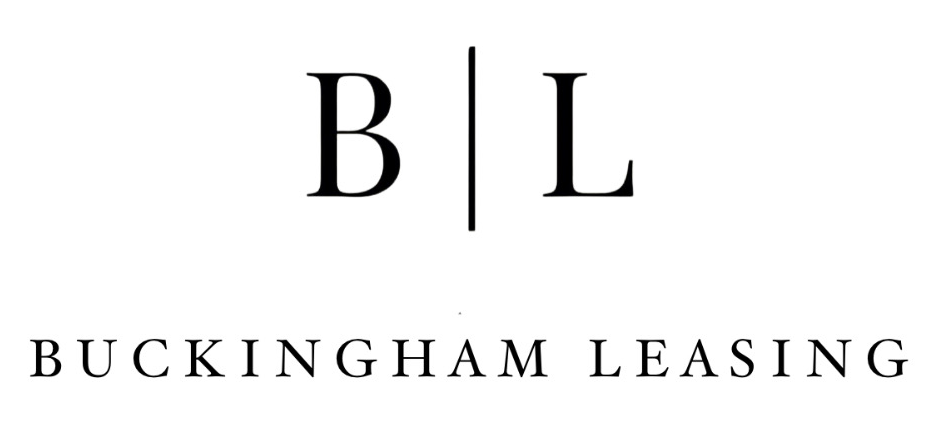Bank of England Cuts Rates to 4% – But Is It Enough to Boost Business Confidence?


Bank of England Cuts Rates to 4% – But Is It Enough to Boost Business Confidence?
The Bank of England has reduced interest rates to 4%, their lowest level since early 2023. The move trims the base rate from 4.25% and represents the fifth cut in the past year.
On paper, it’s good news for borrowers – but the picture isn’t straightforward. The Bank itself admits the decision was “finely balanced”, with its committee split down the middle on whether the economy can handle cheaper money while inflation remains stubborn.
A Balancing Act Between Inflation and Growth
Inflation is still expected to peak at 4% this autumn, well above the Bank’s long-term target of 2%. Ordinarily, that would argue against lowering rates. But with the economy showing signs of strain – weak GDP growth, slowing job creation, and rising business costs – policymakers opted to act.
Companies have warned that wage increases, higher National Insurance contributions, and poor global harvests are all pushing costs up. Food and raw materials in particular are under pressure, with beef, coffee, and cocoa all rising sharply. At the same time, consumers are trading down to cheaper brands and own-label goods, putting pressure on margins.
The risk is clear: if the economy stalls, even stable prices won’t prevent businesses from cutting back.
What This Means for Businesses
Lower rates will make some forms of borrowing cheaper, particularly for firms with loans tied to the base rate. But volatility remains. Inflation is still too high, and the Bank has made it clear that future cuts will come slowly, if at all.
This leaves businesses facing a dilemma: invest now while borrowing costs are easing, or hold back in case conditions worsen?
Why Leasing Offers a Safer Route
Leasing and asset finance are becoming increasingly attractive in this climate. They allow businesses to:
-
Preserve working capital – keep cash in the business instead of locking it into equipment purchases.
-
Maintain flexibility – repayments can be structured around seasonal demand or cash flow.
-
Hedge against uncertainty – while loan rates may continue to shift, leasing terms provide predictable costs.
-
Stay competitive – access the latest machinery and technology without major upfront costs.
The Bigger Picture
This rate cut may ease some pressure, but it doesn’t resolve the bigger challenge: an economy still wrestling with high prices, slowing growth, and fragile consumer confidence.
For UK businesses, the smartest strategy is not waiting for certainty, but building resilience into finance decisions. Leasing offers exactly that – helping firms to keep moving, stay liquid, and respond quickly, whatever direction the market takes next.
At Buckingham Leasing, we help companies turn uncertainty into opportunity through finance that fits the times.
